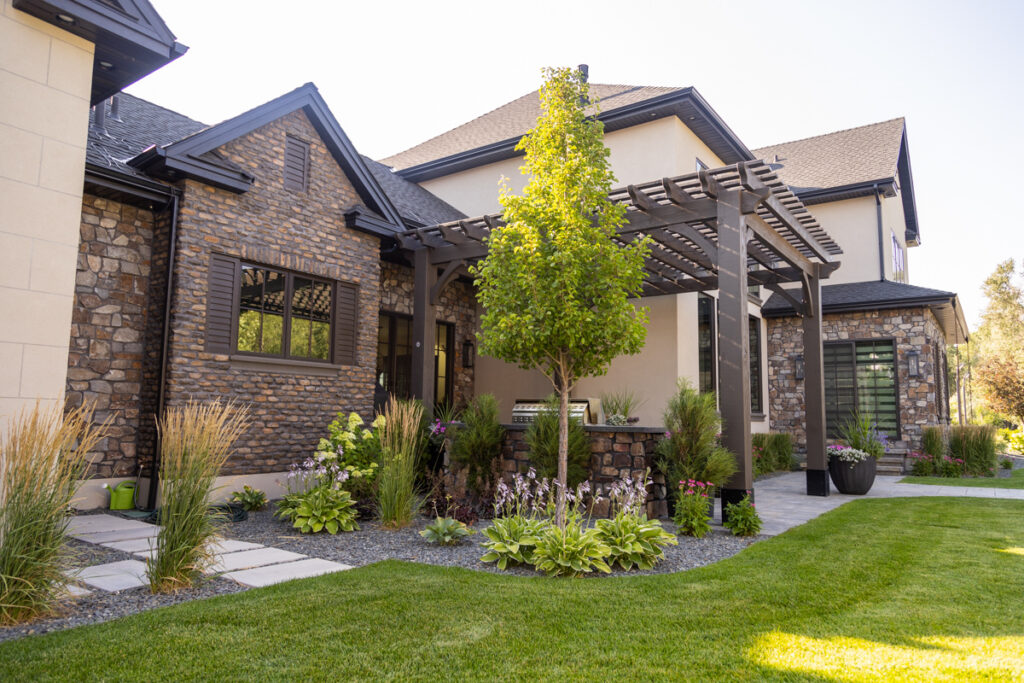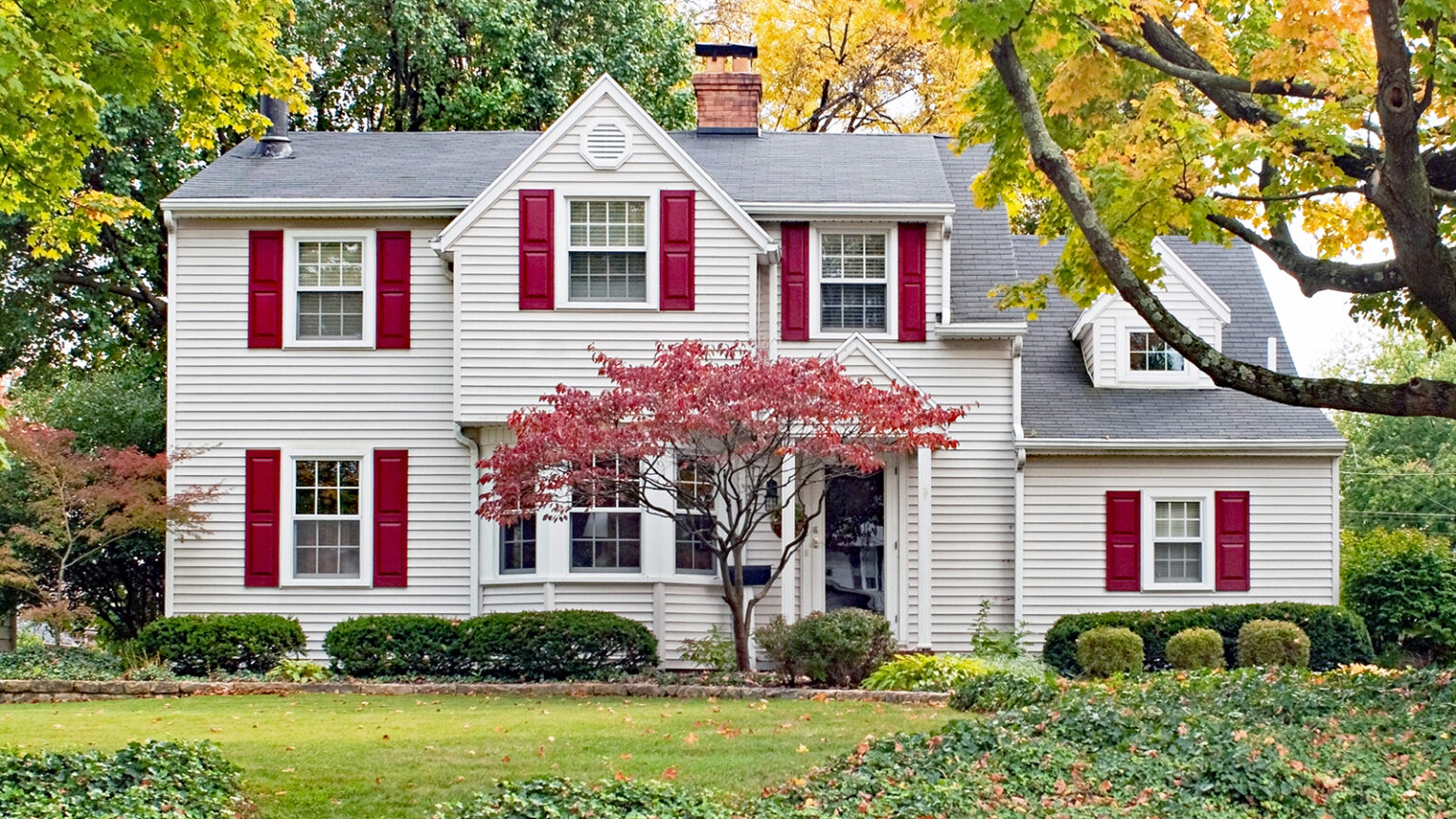When you walk down a street, what’s the first thing that makes a home stand out? For many people, it’s the trees in front of a house. Trees not only add beauty but also create shade, improve air quality, and increase property value. They make neighborhoods more inviting, give homes a natural charm, and even help reduce energy bills. Whether you live in a busy city or a quiet suburb, having trees in front of your home can transform the look and feel of your property.
This detailed guide explores the benefits of trees, the best types to plant, maintenance tips, and how trees can affect your home’s value.
Why Trees in Front of a House Matter
Aesthetic Appeal
Trees instantly boost curb appeal. A house with a lush green tree in front looks more welcoming than one without. They frame the home beautifully and give it character.
Shade and Comfort
During hot summers, trees provide natural shade, reducing indoor temperatures. This lowers cooling costs and makes outdoor spaces more comfortable.
Environmental Benefits
Trees filter air, reduce pollution, and absorb carbon dioxide. They also help with noise reduction, creating a more peaceful environment.
Boosting Property Value
Real estate experts agree that homes with well-maintained trees often sell for more. Buyers see trees as a sign of a cared-for property and a pleasant living environment.
Best Trees to Plant in Front of a House
Choosing the right tree is essential. You want something that grows well in your region, fits the size of your yard, and doesn’t damage your home’s foundation.
Small Decorative Trees
- Dogwood: Offers stunning flowers in spring and red berries in fall.
- Japanese Maple: Known for colorful leaves that brighten any yard.
- Magnolia: Beautiful flowers and a classic Southern charm.
Medium-Sized Trees
- Redbud: Heart-shaped leaves and pink blossoms in spring.
- Crabapple: Lovely flowers and small fruits that attract birds.
- Serviceberry: White spring flowers with colorful fall foliage.
Large Shade Trees
- Oak: Strong, long-lasting, and provides excellent shade.
- Maple: Popular for vibrant fall colors and quick growth.
- Elm: Classic choice with wide branches and canopy.
Factors to Consider Before Planting Trees
Distance from House
Plant trees far enough away to avoid root damage to foundations or sidewalks. A good rule is to plant at least 15–20 feet from the house for large trees.
Climate and Soil Type
Different trees thrive in different conditions. Check your soil type and climate zone before planting.
Maintenance Needs
Some trees require frequent pruning, while others drop fruits, seeds, or sap that may be messy. Choose a tree that fits the time and effort you’re willing to spend on care.
Safety Concerns
Avoid trees that grow too tall near power lines or have weak branches that can fall during storms.
Benefits of Trees in Front of a House
Energy Savings
Trees act as natural air conditioners. Studies show that strategically planted shade trees can cut energy costs by up to 25%.
Privacy
Trees can act as natural barriers, shielding your home from neighbors or busy streets.
Stress Relief
Looking at greenery reduces stress and promotes relaxation. Trees in front of your home create a calming view every day.
Wildlife Habitat
Trees attract birds, butterflies, and beneficial insects, adding life to your front yard.
Common Mistakes to Avoid When Planting Trees
Planting Too Close to House

Roots can damage foundations, and branches may scratch roofs or windows.
Choosing Fast-Growing but Weak Trees
Some trees grow quickly but have weak wood that breaks easily during storms.
Ignoring Future Growth
A small sapling may look harmless now, but in 20 years, it might be too big for your yard.
Poor Watering Habits
Overwatering or underwatering can both harm young trees. Proper care is key.
How to Maintain Trees in Front of a House
Regular Pruning
Trim branches to maintain shape and prevent them from getting too close to your home.
Mulching
Apply mulch around the base of trees to retain moisture and prevent weeds.
Watering Schedule
Young trees need more frequent watering, while mature trees may only need extra water during droughts.
Pest and Disease Checks
Inspect trees regularly for signs of pests, fungi, or disease. Early treatment prevents serious damage.
Trees and Feng Shui
In Feng Shui, trees symbolize growth, strength, and stability. Placing healthy trees in front of a house is believed to attract positive energy and prosperity. However, balance is important—avoid blocking the front door with large trees, as it may disrupt the flow of good energy.
Best Tree Placement Tips
Frame the House
Plant trees to highlight your home, not hide it. Place them on either side of the front yard to create a natural frame.
Use Pathway Trees
Line your walkway with small decorative trees for a charming entrance.
Balance and Symmetry
If you plant one tree on one side, consider balancing it with another tree or landscaping feature on the other.
Trees That Add Seasonal Beauty
- Spring: Dogwood, Redbud, Cherry Blossom
- Summer: Magnolia, Oak, Maple
- Fall: Japanese Maple, Birch, Sweetgum
- Winter: Evergreen Pine, Spruce, Holly
How Trees Increase Home Value
First Impressions for Buyers
Homes with mature, healthy trees often sell faster and for higher prices. Trees create a strong first impression during open houses.
Long-Term Investment
While trees take years to mature, the payoff in beauty, comfort, and value makes them a smart investment.
Eco-Friendly Appeal
Modern buyers look for eco-friendly homes, and trees help by reducing energy costs and carbon footprint.
Trees vs. Shrubs in Front of a House
While shrubs add low-level beauty, trees bring height, shade, and long-term benefits. A combination of both creates the perfect front yard design.
Future Trends in Front Yard Landscaping
With rising awareness of sustainability, people are choosing native trees that require less water and maintenance. Homeowners are also incorporating fruit trees for both beauty and food supply.
Conclusion
Planting and maintaining trees in front of your house is one of the best investments you can make. They offer beauty, shade, energy savings, privacy, and an overall boost to your property value. The right tree, placed in the right spot, can completely transform the look and feel of your home for generations.







